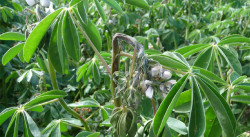
December 21, 2018
NSW Department of Primary Industries (DPI) has issued warnings about lupin seed for sowing, stock feed and fodder from Western Australia and South Australia being prohibited in NSW as it is a pathway for introduction of anthracnose.
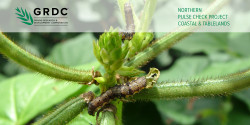
December 21, 2018
Helicoverpa armigera, is particularly adept at developing resistance to insecticides. Entomologists are strongly recommending that growers make every effort to prolong the effective life of the four newly-registered insecticides for use in mungbean.
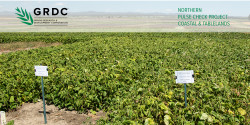
December 18, 2018
When weeds are controlled for the first three to six weeks after planting, mungbean and soybean crops can suppress later germinations of weeds and produce higher crop yields when planted on narrower row spacings.
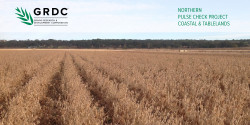
December 09, 2018
Long term, replicated trial data has been updated for soybean varieties Richmond and Hayman, and the sowing times for Hayman have been expanded.
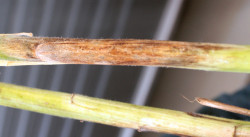
November 27, 2018
NSW Department of Primary Industries (DPI) has alerted farmers to early signs of a toxic fungus which causes lupinosis, a disease which can lead to production losses and deaths when livestock graze infected lupin stubble.
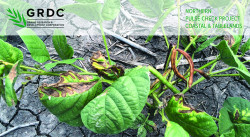
November 25, 2018
To reduce the risk of halo blight and tan spot in mungbeans this summer, use low risk planting seed, choose varieties with higher levels of resistance and avoid paddocks with a history of disease.
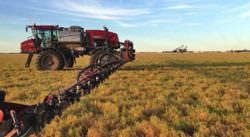
November 07, 2018
Be aware of market risks involved with herbicide and desiccant use in pulse and canola crops close to harvest this season.
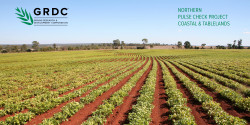
October 25, 2018
Pulse Check Coastal is a new GRDC project that aims to deliver on-the-spot seasonally relevant information to pulse growers in four coastal and tablelands areas from northern NSW to the Burdekin.
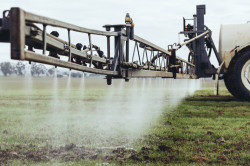
October 07, 2018
Australian farmers, including those growing pulses (such as chickpeas, lentils, dried peas, faba beans, lupins, etc), are able use glyphosate to help manage the weeds in their farming operations.
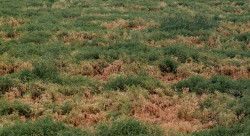
August 23, 2018
Seasonal conditions have varied widely across Australian cropping areas. Generally, conditions have not favoured diseases, even though many need only limited moisture to infect crops (heavy dew may provide enough moisture). Monitoring needs to be continued through the different growth stages of the crop. With good access for ground sprayers this year, allowing for high water rates and canopy penetration, timely fungicide application will give the crop the best chance of a high yield.










